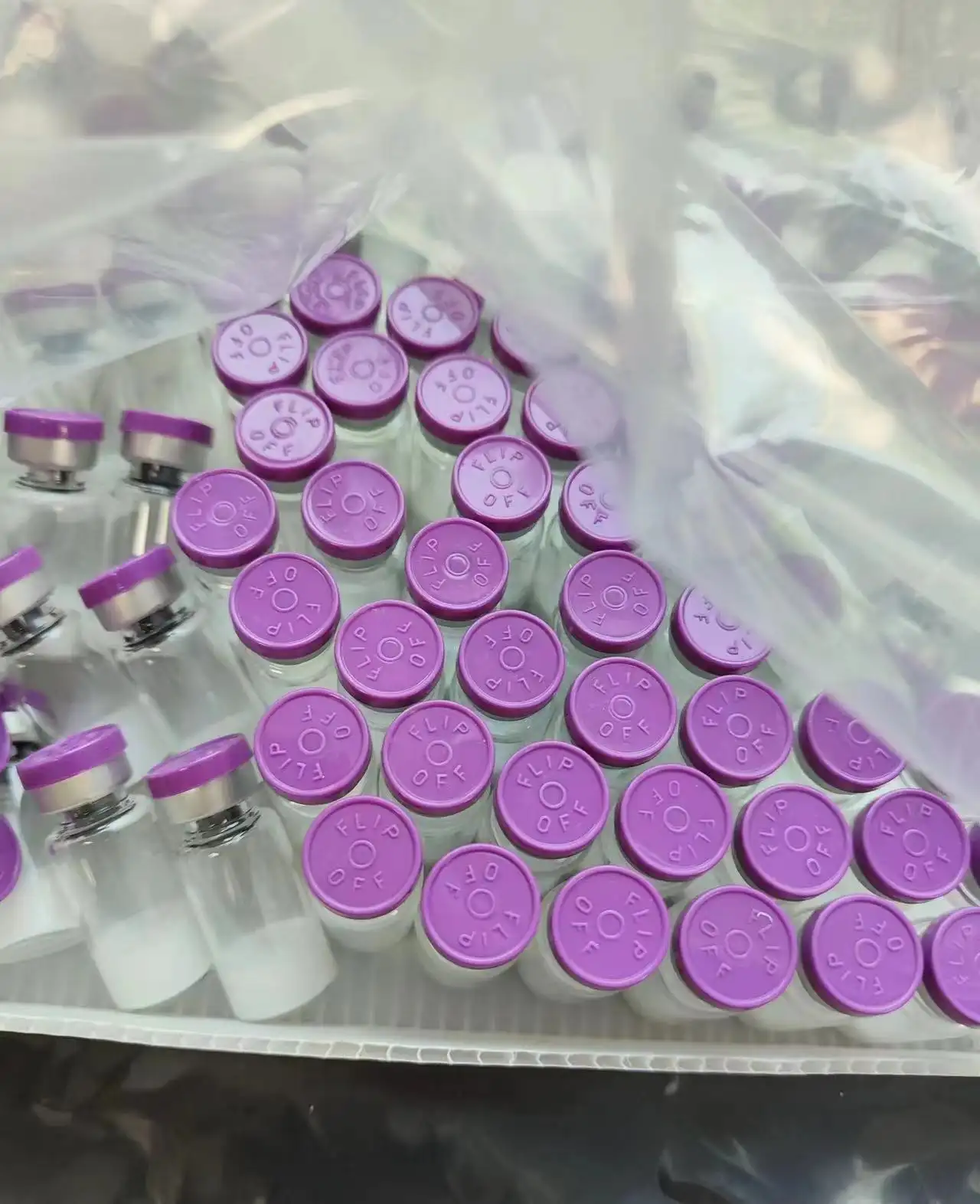-
Categories
-
Pharmaceutical Intermediates
-
Active Pharmaceutical Ingredients
-
Food Additives
- Industrial Coatings
- Agrochemicals
- Dyes and Pigments
- Surfactant
- Flavors and Fragrances
- Chemical Reagents
- Catalyst and Auxiliary
- Natural Products
- Inorganic Chemistry
-
Organic Chemistry
-
Biochemical Engineering
- Analytical Chemistry
- Cosmetic Ingredient
-
Pharmaceutical Intermediates
Promotion
ECHEMI Mall
Wholesale
Weekly Price
Exhibition
News
-
Trade Service
*For medical professionals only
Psoriasis arthritis (PsA) is a complex systemic disease that includes peripheral arthritis, axial involvement, dactylitis, enthesitis, and skin and nail lesions
.
Peripheral arthritis is one of the main features of PsA, and most patients with PsA develop oligoarthritis or polyarthritis
at some point in the course of the disease.
Peripheral arthritis progresses over time, with 47% of patients showing imaging of bone erosion within 2 years, and more than half having more than 5 joints involved
within 5 years.
A study published today provides effective and safe recommendations
for treatment options for PsA peripheral arthritis.
Screenshot of the document
One
Recommendations for patients on initial therapy
It is highly recommended to use traditional synthetic anti-rheumatic drugs (csDMARDs) [methotrexate (MTX), sulfasalazine (SSZ), leflunomide (LEF)].
In most cases, csDMARDs are available as first-line therapy, with regular assessment of response and early escalation
.
2.
It is recommended to consider early escalation therapy, especially for those patients with poor prognosis (eg, elevated inflammatory marker levels, high active joint counts).
3.
Tumor necrosis factor-α inhibitor (TNFi) is strongly recommended as first-line therapy
.
4.
Phosphodiesterase inhibitor-4 inhibitors (PDE4i), TNFi, interleukin-17 inhibitors (IL-17i), interleukin-12 inhibitors/interleukin-23 inhibitors (IL-12/23i), IL-23i are highly recommended for the treatment of PsA peripheral arthritis
.
Two.
Recommendations for patients with inadequate response to csDMARDs
TNFi, IL-17i, IL-12/23i, IL-23i and Janus kinase inhibitors (JAKi)
are strongly recommended.
2.
PDE4i
is conditionally recommended.
3.
Cytotoxic T cell antigen 4 (CTLA4-Ig) is conditionally recommended for the absence of
alternative drugs.
4.
IL-23i is conditionally recommended as another bDMARDs treatment
.
5.
IL-12/23i is conditionally recommended for patients
with inadequate response to csDMARDs compared to other bDMARDs.
Three.
Recommendations for patients with inadequate response to bDMARDs
1.
It is strongly recommended that switching to another TNFi, IL-17i, IL-23i, or JAKi is preferable to conventional treatment
with or without CSDMARDs.
2.
IL-12/23i
is conditionally recommended.
3.
For patients who have previously used bDMARDs, PDE4i
is conditionally recommended.
4.
In patients with inadequate response to bDMARDs, there was moderate-quality evidence that PDE4i did not differ significantly from continued usual care; Therefore, treatment options
other than PDE4i should be considered.
5.
Conditionally recommend CTLA4-Ig
.
Four.
Recommendations for non-pharmacological interventions
01
Physical activityPhysical activity can reduce weight loss and reduce the risk ofdiabetes and cardiovascular disease.
The benefits of physiotherapy have been demonstrated in patients with other arthritis, such as axial spondyloarthritis
.
While it is not possible to recommend that any particular type of exercise is superior to another, the working group conditionally recommends exercise or physical activity as a means of
improving general health and reducing the risk of obesity and cardiovascular disease.
Physical therapy or exercise is not a treatment for active peripheral arthritis in itself, but should be part of PsA management, especially when
active arthritis is stable.
The entire working group voted on the statement and reached a consensus of 96.
4
%.
02
Controlling diet to reduce weight can reduce the load on weight-bearing joints and is associated withreduced disease activity.
A healthy diet can help reduce the risk of
cardiovascular disease.
The working group conditionally recommends a healthy diet aimed at preventing weight gain and/or weight loss
.
Similarly, no specific diet can be superior to another
.
03
Smoking cessation is associated withan increased risk of cardiovascular disease.
There is controversy in the literature as to whether smoking increases PsA risk or worsens disease activity, but there is some evidence that smoking reduces the chemotaxis activity of monocytes and reduces inflammation
at the molecular level.
The working group conditionally recommends that all patients with PsA quit smoking to reduce the risk of
cardiovascular disease.
total
knot
- CSDMARDs (MTX, SSZ, LEF) and PDE4i are strongly recommended for patients on initial treatment, with an emphasis on regular assessment and early escalation to achieve treatment goals
.
- TNFi, IL-17i, IL-12/23i, IL-23i, and JAKi
are highly recommended for patients with inadequate responses to csDMARDs.
- For patients who do not respond adequately to bDMARDs, switching to another TNFi, IL-17i, IL-23i, and JAKi
is strongly recommended.
- There is very little
evidence to support non-pharmacological interventions.
The expert group conditionally recommended appropriate physical activity, diet control and smoking cessation
.
References:
[1] Leung Y Y,Korotaeva T V,Candia L,et al.
Management of Peripheral Arthritis in Patients With Psoriatic Arthritis:An Updated Literature Review Informing the 2021 GRAPPA Treatment Recommendations[J].
J Rheumatol,2023,50(1):119-130.
The web version of the doctor's 🎉 station is online
Please scan the QR code below or click to read the original article
No need to download to view more cutting-edge rheumatology information
👇👇👇







